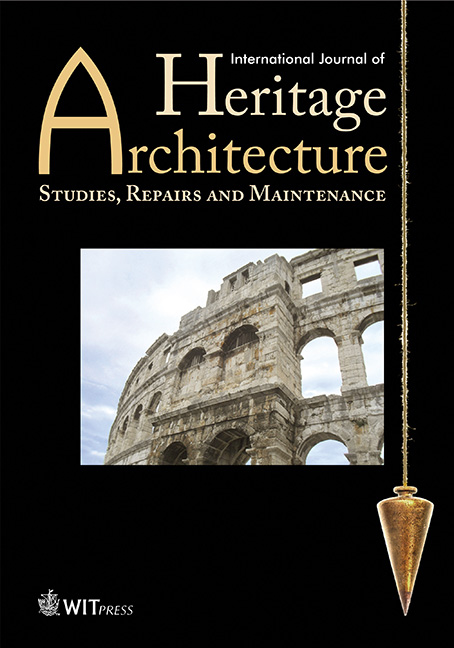COLONIAL CITY PLANNING IN PENANG WITH A SPECIAL REFERENCE TO THE GOVERNMENT BUILDINGS
Price
Free (open access)
Volume
Volume 2 (2018), Issue 1
Pages
11
Page Range
11 - 22
Paper DOI
10.2495/HA-V2-N1-11-22
Copyright
WIT Press
Author(s)
A.S. HASSAN & M.H. ABDUL NASIR
Abstract
Colonial buildings and monuments are the prominent symbolism of the architectural sovereignty over the existing local architecture of the conquered lands. Specifically referring to the British colonialism, the colonial architecture was disseminated to manifest the triumph of the British colonial governance and the thriving monetary economy. In examining the impact of the British colonial influence on the local architecture precisely driven by the British colonial governance and the thriving monetary economy, the study enlisted three case studies of government office buildings located in the city of George Town. These prominent case studies include the Penang Council State Assembly, the Town Hall and the High Court Building. The design coherence of these buildings in regard to the British colonial references became the essential requisite in the selection of these case studies. Analysis on the design elements of these case studies was meticulously undertaken to draw relevant relationship between the colonial design praxis and the local government office buildings. The outcome of the study underscores the profound influence of the classical style in representing the British institutional status and its monetary economic success. Intended to showcasing the grandeur of classical elements, the embodiment of classical orders such as Doric, Ionic, Tuscan and Corinthian columns is evident in abundance of institutional and financial buildings across the Peninsula Malaysia, tracing its design references to the ancient Greeks and Romans. Further stipulation on some of these buildings revealed the adornment of Greek pediments and a series of Roman arches and vaults intended to further uphold the notion of the British colonial success.
Keywords




